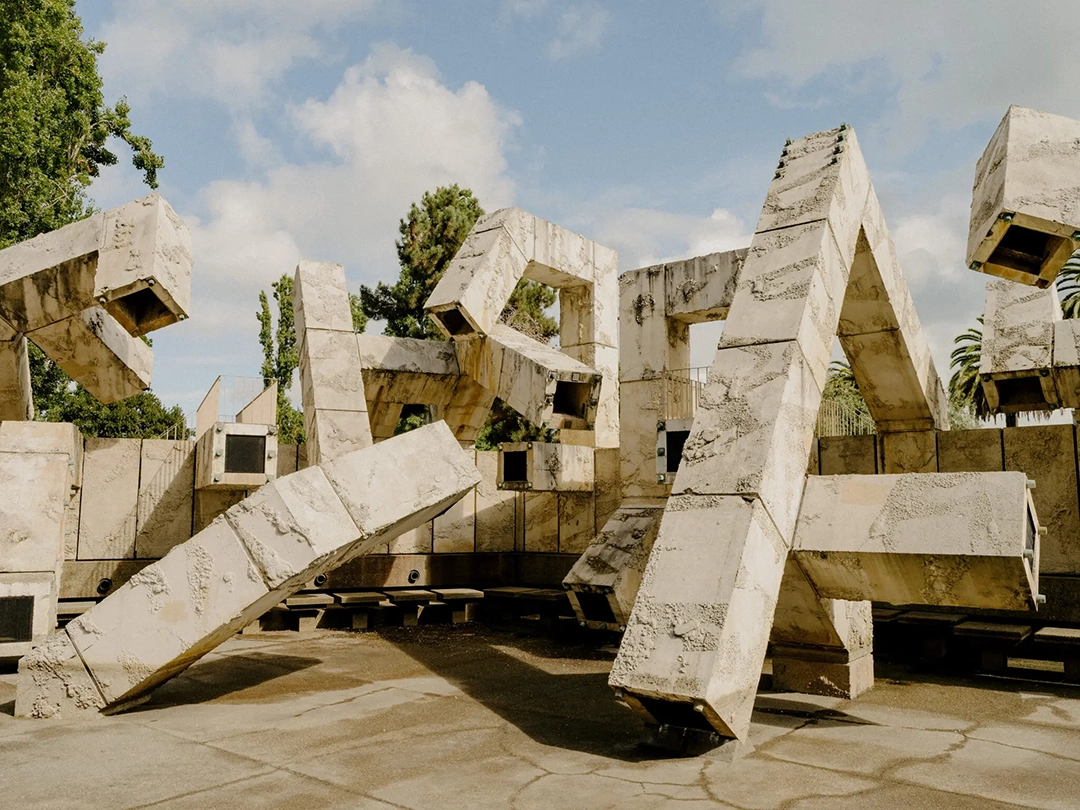
Vaillancourt Fountain was completed in 1971 and survived a powerful earthquake in 1989. 'It’s going to be the shame of the city of San Francisco if they demolish it,' said the artist Armand Vaillancourt. By Aaron Wojack for The New York Times
No one told me. As, in the distance, we begin to make out the white summits of sixty, and while we hurriedly weigh what still lies ahead, we also start to calibrate what we’ve left behind. We turn hypersensitive, and the weight of transience settles comfortably on our shoulders. No one will lift it off. Imagine we have passed ninety and are left only with memory—if it hasn’t been lost along the way—and the counterweight of our legacy. We watch how the most conspicuous thing, the mark we might call our trace, falls into a debate in which many deem it necessary to erase it from the map. A debate that could, mercifully, be postponed to next month or next year. Two or three at most. But the world can’t tolerate one day more what once gave a certain pride.
Some works are born to endure; others, with time, become uncomfortable. The Vaillancourt Fountain in San Francisco—that brutalist tangle of concrete tubes that once released a torrent to challenge the bay with innocence—belongs to the latter category. The prospect of its demolition brings an old urban dilemma back to the table: what are we to do with artworks that have lost their prestige or their context?
Armand Vaillancourt was no simpleton. He received the Paul-Émile Borduas Prize in 1993, the highest official recognition granted by the Government of Québec to a visual artist’s trajectory, with institutional and symbolic legitimacy firmly consolidated. He was also named a Chevalier of the Ordre National du Québec in 2004. At least in Canada—a country we mostly associate with maple syrup—he was a respected sculptor, especially in the francophone region.
Even so, his international standing is tied to the Vaillancourt Fountain in San Francisco, installed in 1971 and included in the Atlas of Brutalist Architecture. He was always a controversial artist, above all from an aesthetic perspective. But today, with all the debates about public artifacts that are visually—one is tempted to say ophthalmically—toxic, and about the relevance and fate of modern urban art, his fountain once again provokes furious reactions.

The sculpture’s steps and ledges made it a skateboarding mecca in the 1990s. By Guillaume Simoneau for The New York Times
Ruin and Civic Modesty
Conceived as a gesture of modern monumentality, the Vaillancourt Fountain was insulted, defended, and, finally, abandoned. One day it symbolized progress; today it is a lamentable remnant of failed urbanism. Even so, it can also be read as evidence of an ideo-aesthetic context it would be absurd to ignore. Nearly every city in the world passed through its season of faith in rupture and experiment. In those years, brutalism flourished. Architecture and public art were disruptive by vocation. Raw matter—concrete, steel, weight, even shadow, that immaterial matter—was exalted, and stark geometry was put forth as an ideological statement. Countless spaces welcomed structures that defied the human scale: concrete administrative complexes, monuments, and fountains that now get in everyone’s way. The ugly—speaking only of the inanimate—was considered—and with some justice—an aesthetic and political truth. Just as today the ugly—now speaking of the animate—has also become an irrevocable aesthetic and political truth.
In the current climate, there’s an urgency to clean and clear, to reduce sensory overload in order to restore some form of control. Borrowing a term from psychology handbooks, I would call that condition—whether or not it rises to pathology—social cognitive homeostasis.
I understand that the city, as a collective organism, seeks visual, emotional, and symbolic balance. And the fountain, without a doubt, is unharmonious and deliberately conflictive. It is also a set of monumental remains from the brutalist utopia, displaced in the 1980s by a postmodern sensibility. Faced with the severity of those brute giants, postmodernity proposed—logically and cheekily—irony, color, eclecticism, and historical references: all admissible for the new human scale.
The simplest solution?
Demolish it. Making more than seven hundred tons of prefabricated reinforced concrete disappear is far easier than trying to understand them. Each generation reserves the right to revise its iconography and decide what it will bequeath to posterity. Exercising that right deprives later generations of a similar one. In that review, the “obsolete” is usually the mirror that reflects present discomfort. But by destroying what we dislike, we break the historical thread that highlights the tensions that made us possible and the foundations that formed us. Urban beauty does not necessarily lie in the harmonious, but in that which also has the capacity to survive the aesthetic judgment of the moment.

Over Vaillancourt’s 74-year career, he has crafted pieces from metal, wood and concrete that are in museums and public spaces throughout Quebec. By Guillaume Simoneau for The New York Times
At ninety-six, Vaillancourt finds himself compelled to defend his best-known work. He insists it is alive. He tries to make us see that public art does not belong solely to those who commission it or finance it, but also to those who interpret it one way and those who reinterpret it another. For now, it remains a point of friction that keeps analysis and debate about collective memory awake. Not just a dry, ugly fountain.
Removing it can be justified on many counts: seismic risk, structural deterioration, high repair costs. But beneath that beats a deeper impulse: to reestablish visual and symbolic order. The city needs to silence the dissonance of that mass of concrete, a vestige of a modernist utopia almost no one remembers.
A reasonable doubt remains as to whether the pretext of public-space renewal does not, in truth, conceal the suppression of the idea that a society can be raised through order, concrete, and utility. Whether it is, rather, a discreet operation of amnesic maintenance: a way of erasing historical errors of concept under the guise of urban planning.
Each generation faces its own challenges. Perhaps ours is to learn to read the ruinous—not all of it, of course—as part of our history. And, on the other hand, to resist the replacement of all that is old with the new as instinctus primus.
When I was very young and far more emotional, I was captivated by Berlin’s Kaiser-Wilhelm-Gedächtniskirche. Built in the nineteenth century and almost completely destroyed during the Second World War, the church was reconstructed between 1959 and 1963 according to a criterion that combined preservation and modernity. Rather than demolish it, the decision was to preserve the damaged original tower as testimony to the conflict and to raise beside it a new building of glass and concrete designed by Egon Eiermann. It integrated the memory of the past with a renewed vision of the present and is now considered a canonical symbol of reconciliation—an example of how cities can transform destruction into a space of contemplation and continuity. For all these reasons, in a world that recycles its icons as quickly as it discards them, preserving the unpopular is—however it may sound—another act of cultural resistance.
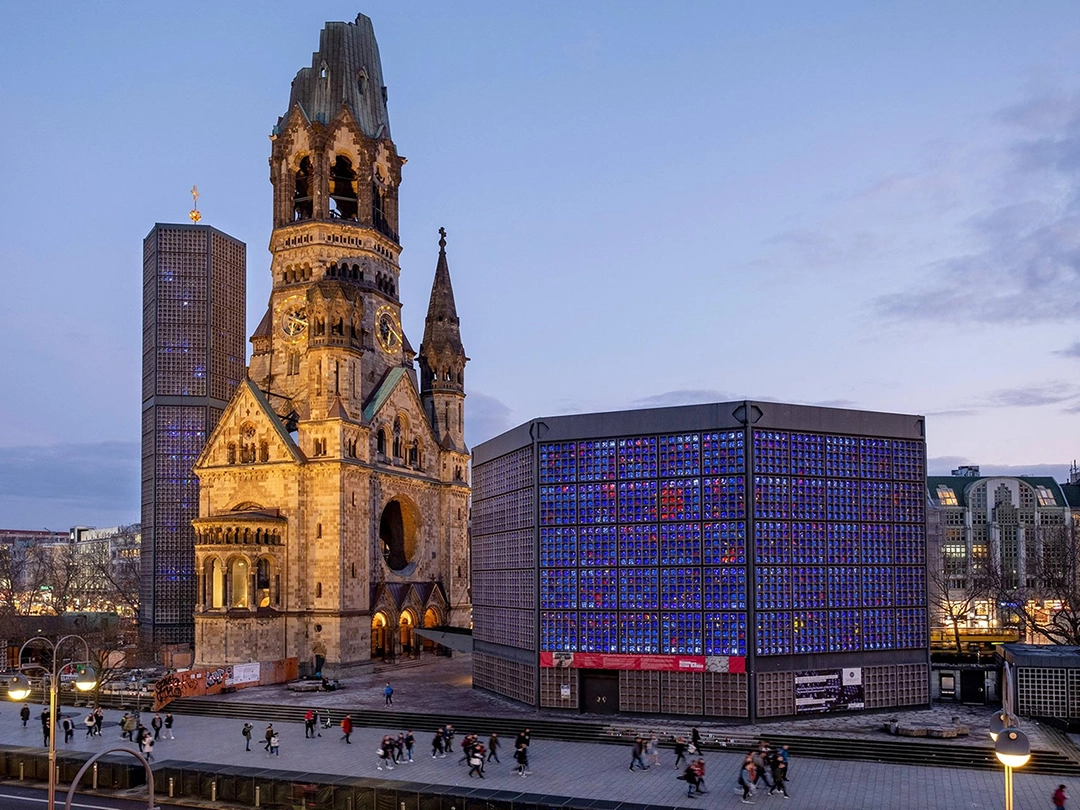
Kaiser-Wilhelm-Gedächtniskirche: Memorial Church of Emperor William. It is located in Breitscheidplatz, in what was once West Berlin, and is popularly known as 'the broken church' (die hohle Kirche or der hohle Zahn, 'the hollow tooth') because of the damaged tower that was preserved as a memorial after the bombings of World War II.




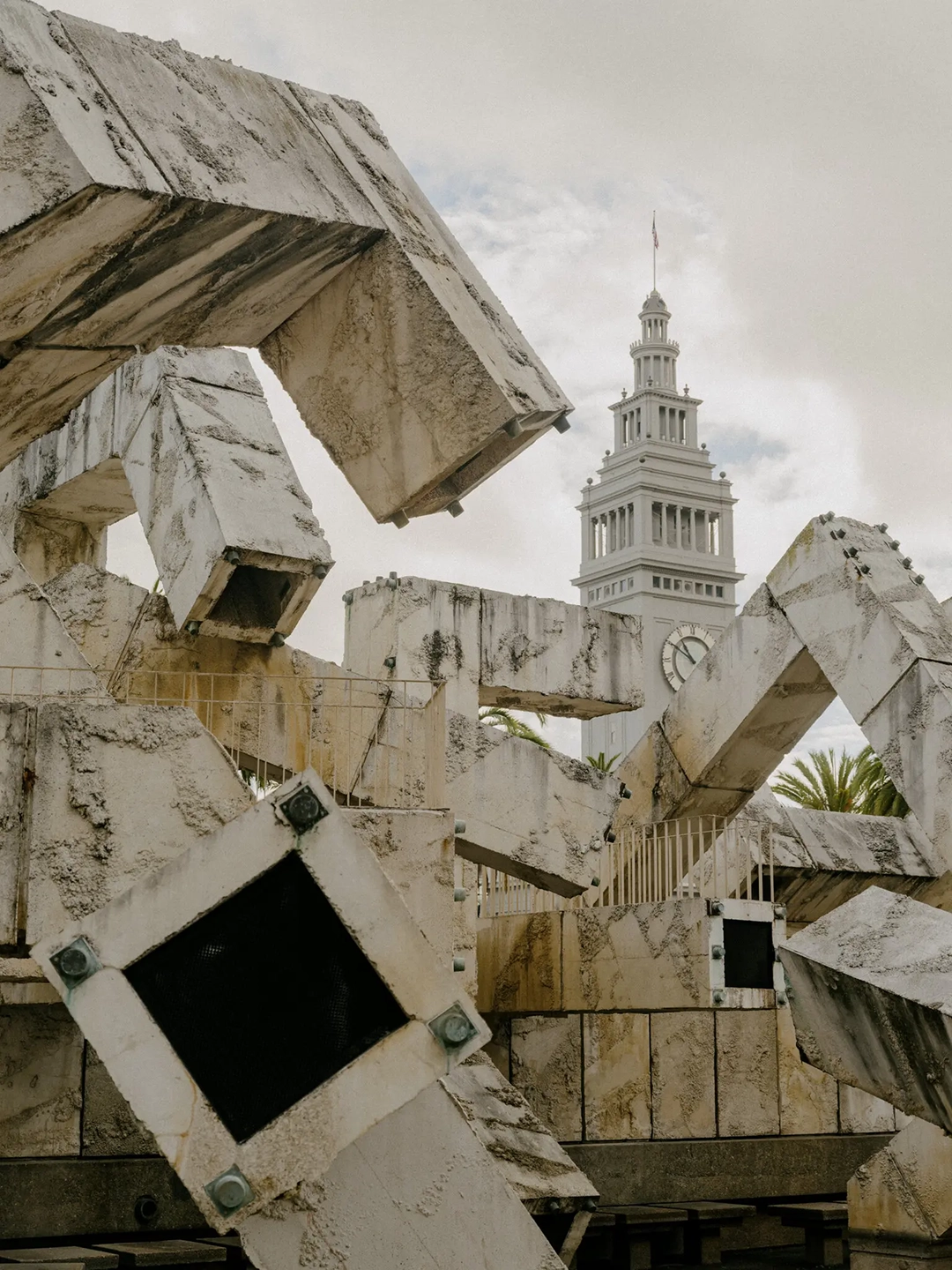
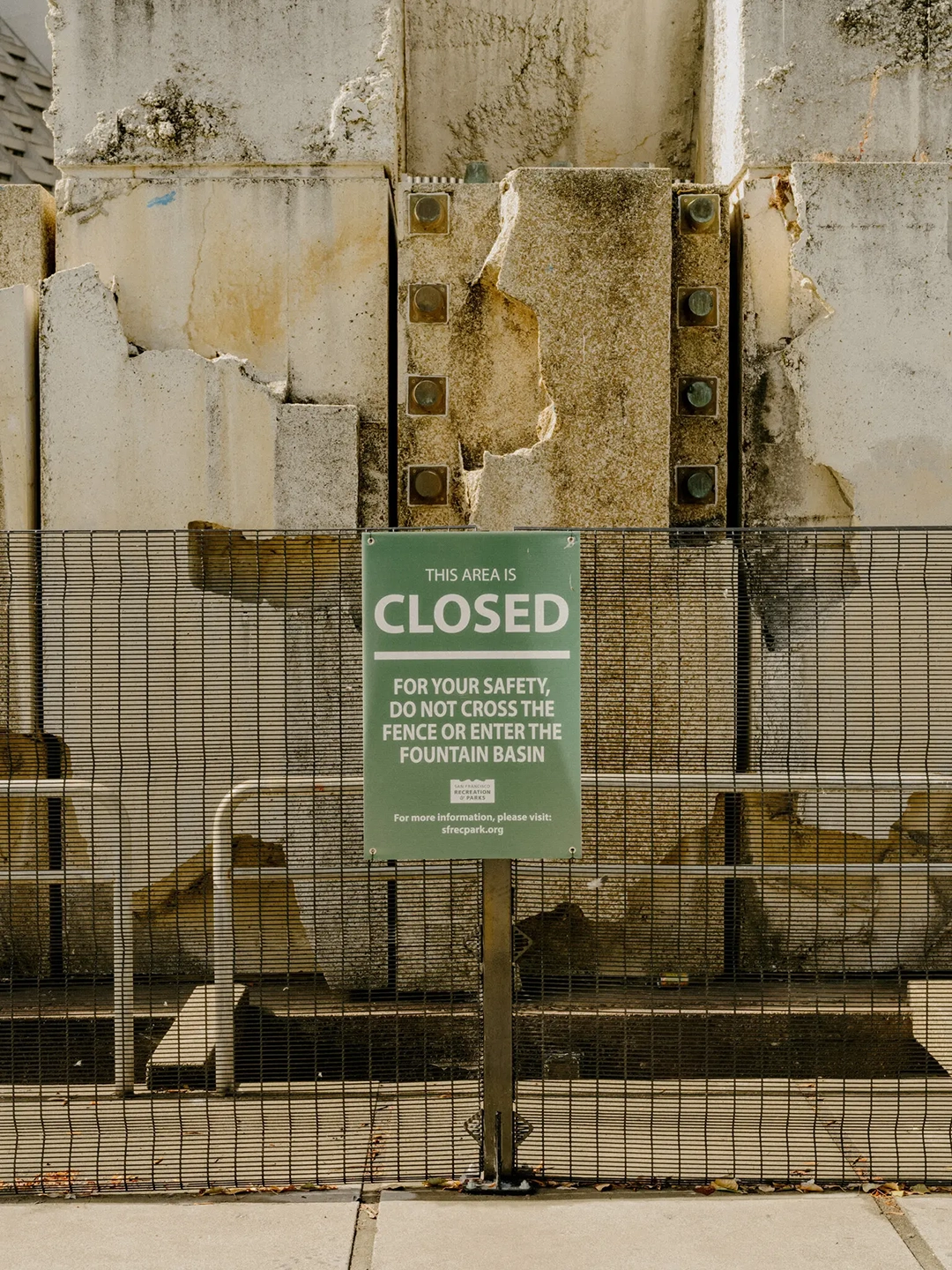
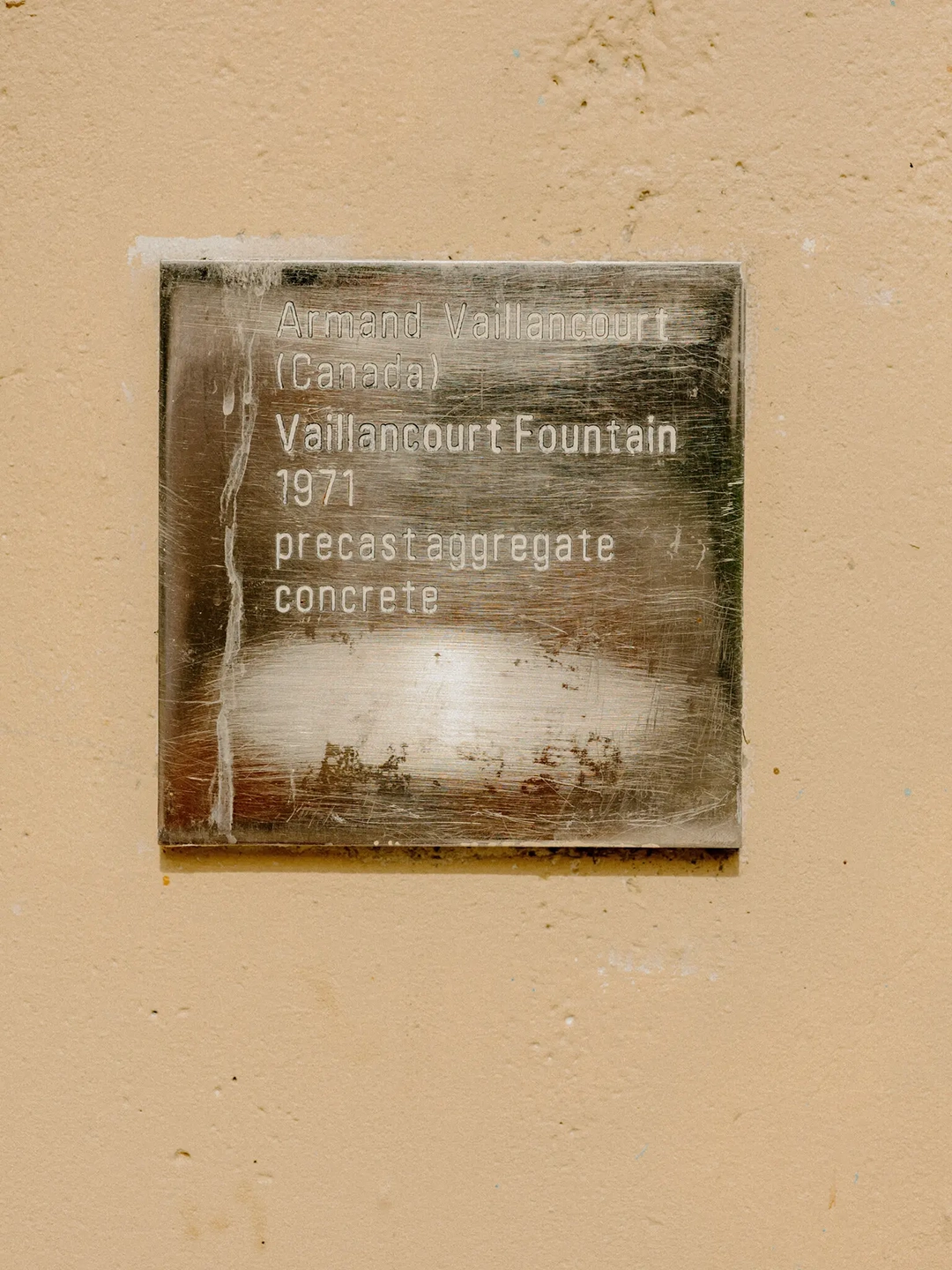
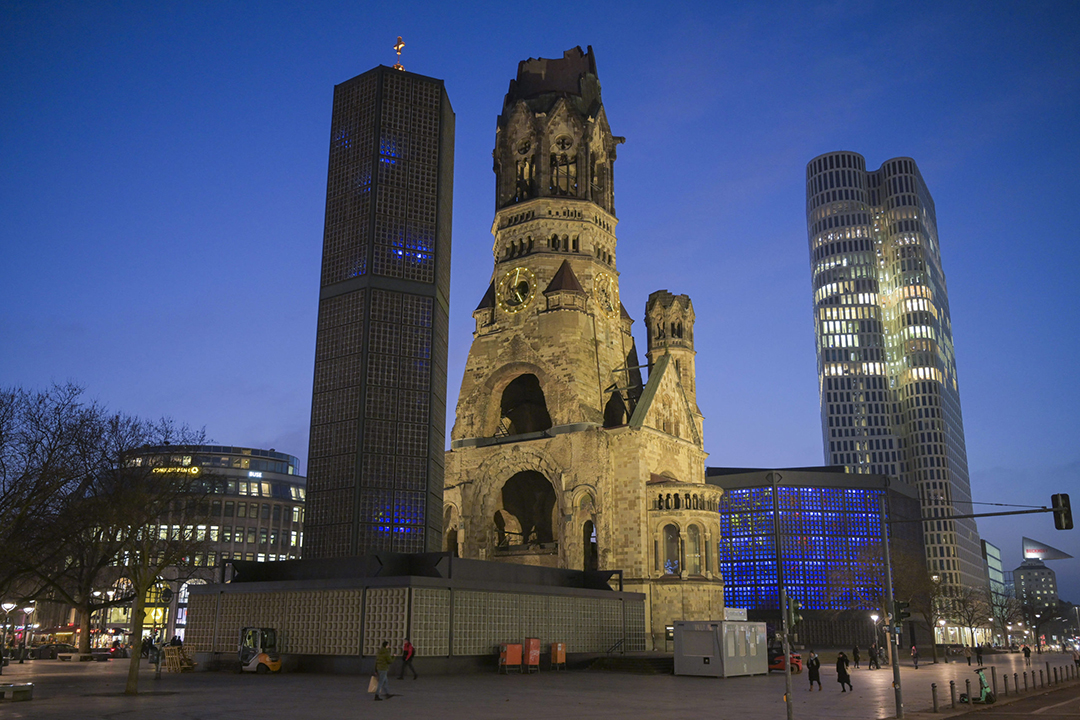





Comments powered by Talkyard.